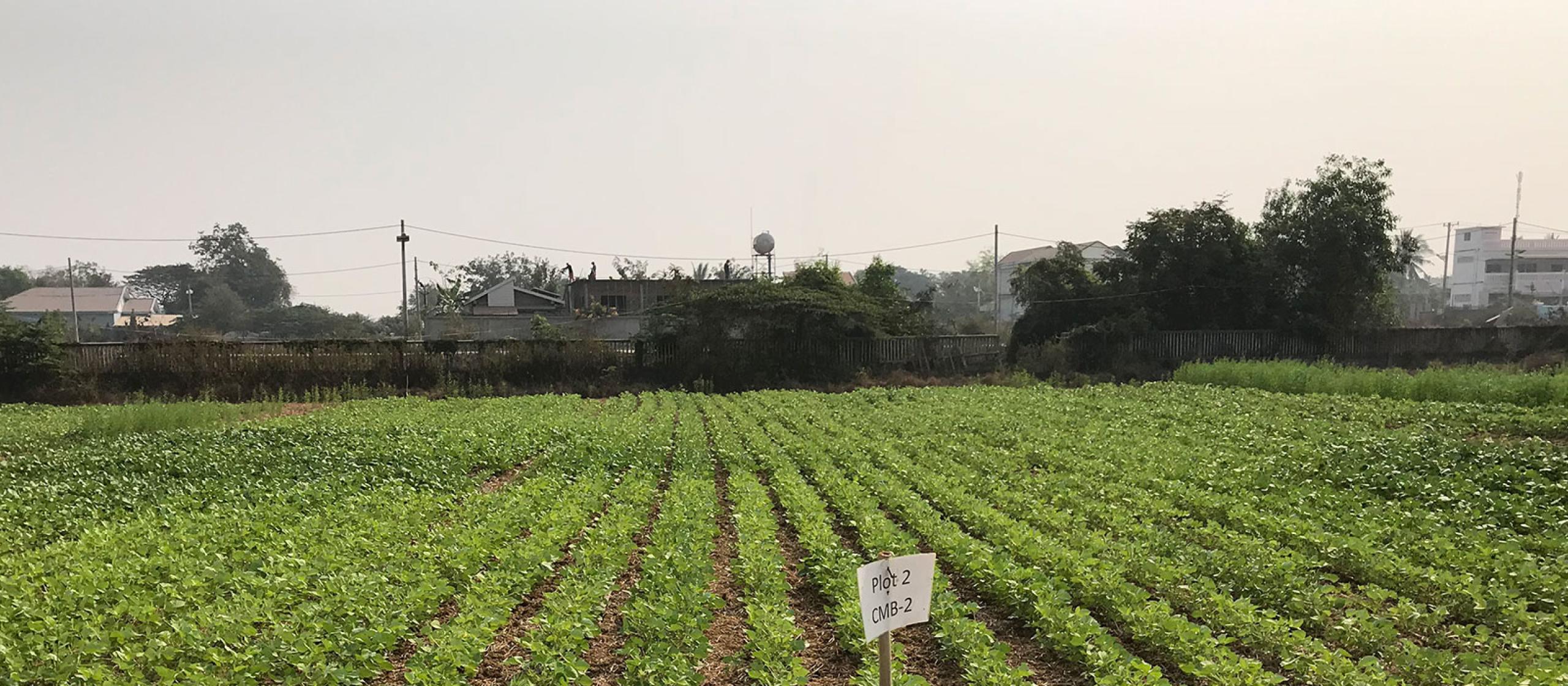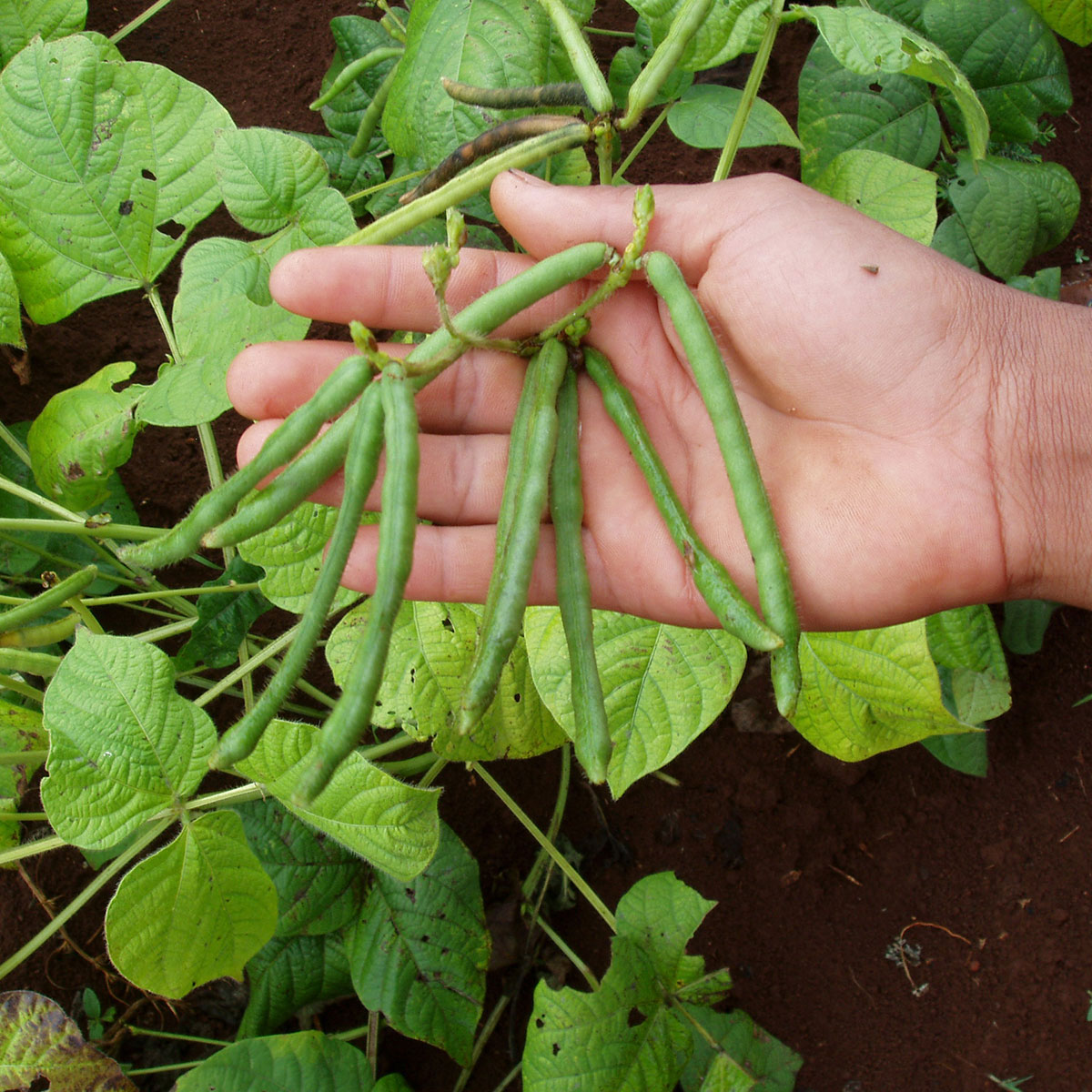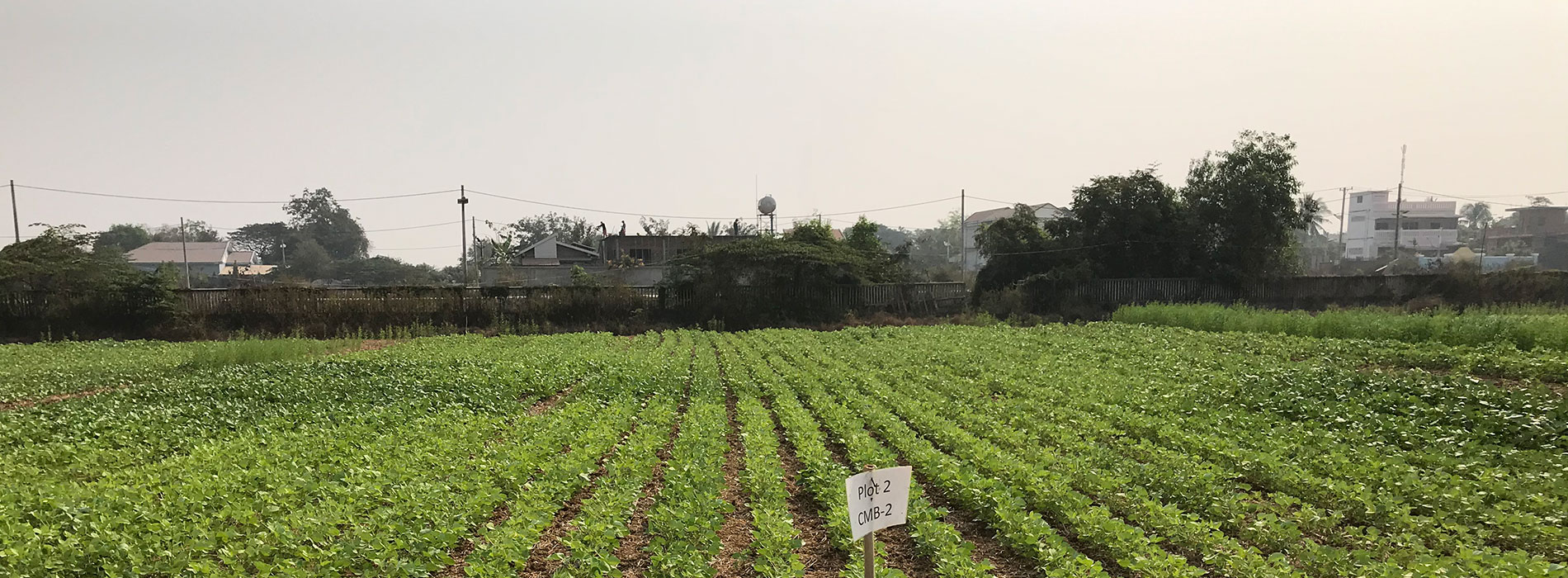World Pulses Day, on 10 February 2024, was declared by the United Nations General Assembly to highlight the importance of pulse crops, such as chickpeas, dry beans, lentils and mungbean, as a global food.
ACIAR has a long history of supporting research on pulse production in the Indo-Pacific region, and mungbean in particular. It has supported research into mungbean, which is an important crop in South and South-East Asia.
ACIAR Research Program Manager, Crops, Dr Eric Huttner said despite its value, mungbean has often received less research attention than other pulses.
Since 2016, ACIAR has supported the International Mungbean Improvement Network, led by the international agricultural research centre, WorldVeg. The aim of the network is to unlock the potential of mungbean to improve system productivity and livelihoods (CIM/2014/079 and CROP/2019/144).
‘The crop itself is quite valuable,’ said Dr Huttner. ‘It has a short duration, it has a good market value and has good nutritional content. When it fits into a cropping system well, there are good prospects for economic returns.’
Because of its short growing season, mungbean commonly fits well in rotation with rice. Integrating it into a rice cropping system has been the focus of 2 ACIAR-supported projects in Timor-Leste and Cambodia.
- HomeHome
-
About ACIAR
- Our work
- Our people
-
Corporate information
- ACIAR Audit Committee
- Commission for International Agricultural Research
- Policy Advisory Council
- Agency reviews
- Executive remuneration disclosure
- Freedom of information (FOI)
- Gifts and benefits register
- Information publication scheme
- List of new agency files
- Contracts
- Legal services expenditure
- Privacy impact assessment register
- Commonwealth Child Safe Framework
- Benefits to Australia
- Careers
- 40 years of ACIAR
-
What we do
- Programs
- Cross-cutting areas
- Resources
- Where we work
-
Funding
- Research projects
- Fellowships
-
Scholarships
- John Allwright FellowshipScholarships to study in Australia for ACIAR partner country scientists to have Australian postgraduate qualifications
- ACIAR Pacific Agriculture Scholarships and Support and Climate Resilience Program
- Alumni Research Support Facility
- Publications
- News and Outreach





